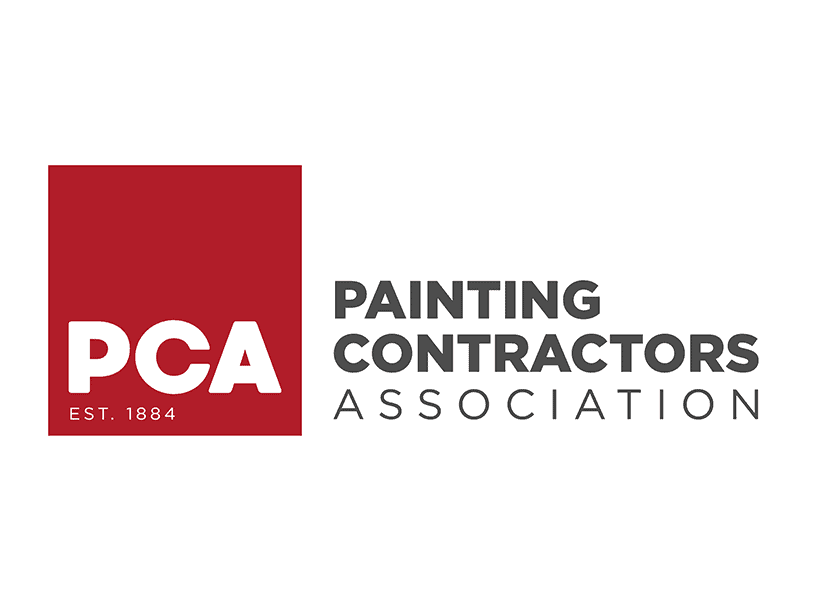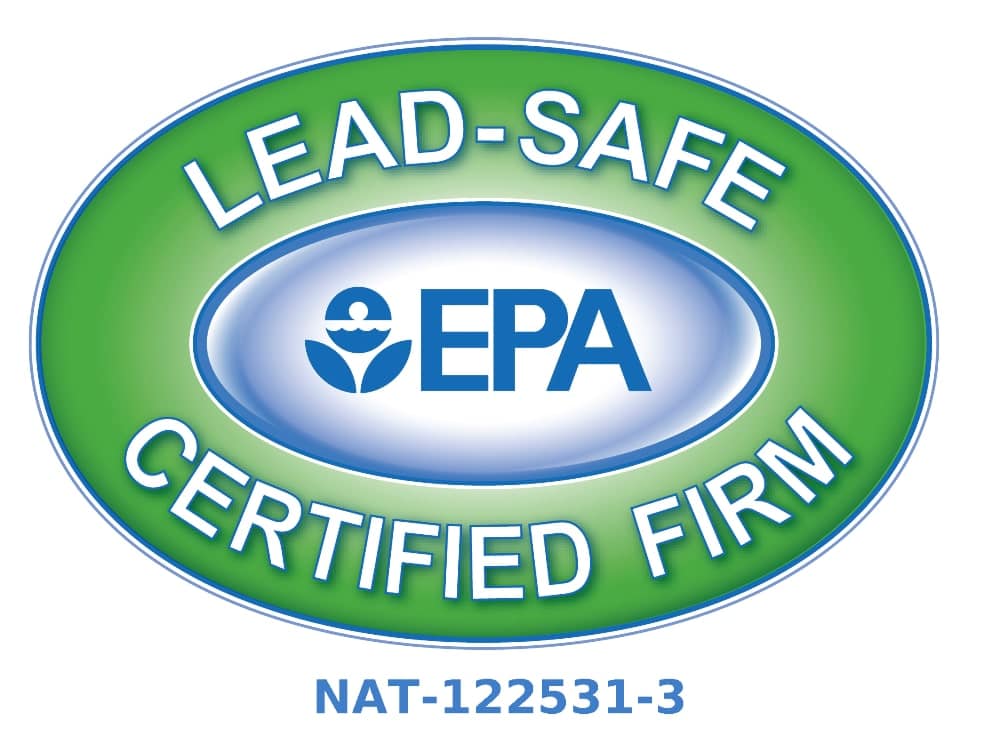08 Sep Do You Need a Primer Before Painting? It Depends!
The Role of a Primer:
When to Use Primer:
-
-
-
- Porous surfaces: If the surface is at all porous (meaning it will absorb a lot of paint or other moisture), then a primer is necessary. It will essentially seal the surface so that paint can properly adhere.
-
-
- One example of a porous surface is new drywall. Both the paper and drywall mud in drywall can easily absorb any type of moisture, including water, oil, or even paint.
- The second example of a porous material is untreated or unstained wood.
-
-
- Stains (damaged) will typically require a coat of primer first to cover the stain. This can include smoke, fire, or water damage, among other sorts of stains. Keep in mind that primer shouldn’t be used as the only remedy for a stain in some cases. For instance, water stains can indicate not just a leak inside the wall but mold as well.
- Odors such as cigarette smoke or pet smells can sometimes be addressed with a high-quality primer. Because drywall can easily absorb odors, using a high-quality primer can (sometimes) be effective in sealing and eliminate odors.
- Glossy surfaces typically require a primer (and a light sanding) before painting. The gloss makes it difficult for the paint to properly adhere. Any surfaces with glossy paint, enamel, or shellac surface will need to be primed before painting.
- Dramatic color changes typically require a primer. For example, the surface is a dark color, and you want to repaint it with a much lighter color. A primer will seal the base color so that it doesn’t show through under a lighter color. Otherwise, you’ll find yourself painting numerous coats of paint to cover up the darker color underneath the lighter one.
- Porous surfaces: If the surface is at all porous (meaning it will absorb a lot of paint or other moisture), then a primer is necessary. It will essentially seal the surface so that paint can properly adhere.
-
-
Conclusion:
FAQ
When is it necessary to use a primer before painting?
Primer is essential in specific situations, such as when painting over new drywall, making a dramatic color change (especially from dark to light), covering stains or odors, painting over glossy or oil-based finishes, or when dealing with unfinished surfaces like bare wood, metal, or concrete. Using a primer in these cases ensures better adhesion, coverage, and durability of the final paint job.
Can I skip primer if my walls are already painted and in good condition?
If your walls are previously painted, clean, and in good condition—with no major color change or stains—primer is usually not required. Two coats of quality paint are often sufficient. However, if the surface is glossy, stained, or you’re changing from a dark to a much lighter color, primer is recommended for best results.
What are the benefits of using a primer before painting?
Priming helps seal porous surfaces, covers stains, neutralizes strong colors, and provides a stable base for the topcoat. This means you’ll need fewer coats of paint, achieve a more even finish, and enjoy longer-lasting results. Primer also helps block odors and prevents issues like peeling, cracking, or chalking of the paint over time.
Are there different types of primers, and how do I choose the right one?
Yes, there are several types of primers, including water-based, synthetic (oil-based), and specialty primers for different surfaces (like metal or masonry). The choice depends on the surface you’re painting and any specific issues you need to address, such as stains, odors, or transitioning between paint types (oil to latex).
What happens if I paint without using a primer when it’s needed?
Skipping primer when it’s necessary can lead to uneven color coverage, visible stains or repairs, poor paint adhesion, and reduced durability. Paint may peel, crack, or fail to cover stains and odors, resulting in a less attractive and shorter-lasting finish. In the long run, this could mean more time and money spent on repairs or repainting.

Mike Katounas is the owner of Home Works Painting, a painting business in Northern Virginia. He has over 15 years of experience in residential interior and exterior painting, drywall installation/repair, carpentry, wallpaper removal, power washing, commercial painting, color consultation, and staining/sealing. Their service areas include Chantilly, Fairfax, Herndon, Oakton, Reston. Mike takes pride in his work, and he always follows a strict code of conduct that includes the use of quality paint, a clean workspace, and an honest, respectful approach to his customers.












Sorry, the comment form is closed at this time.